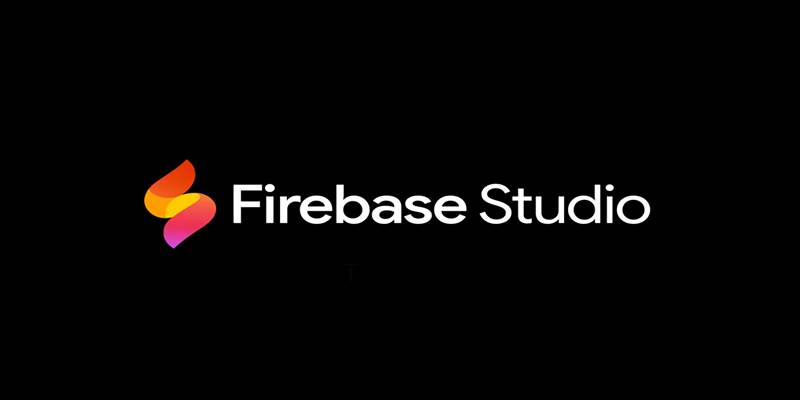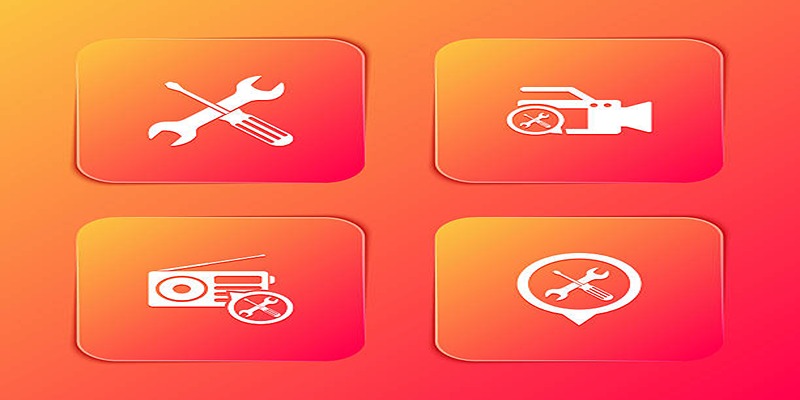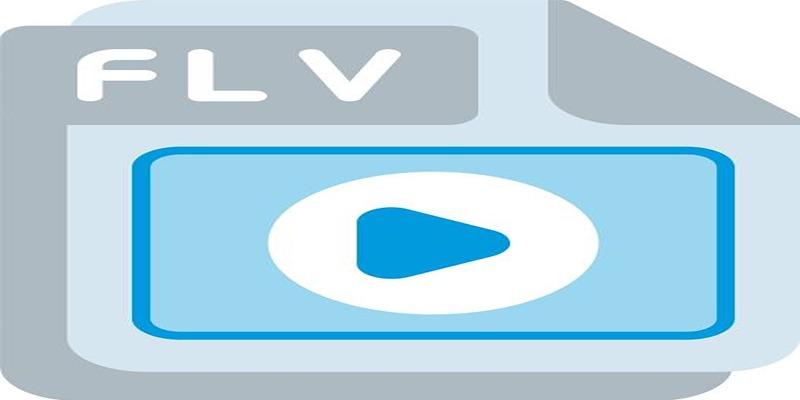The 6 Best Payment Processing Platforms in 2025 for Smooth, Secure Transactions
Advertisement
Picking a payment processor isn't just about taking payments. It's about how easily your money moves, how safe your transactions are, and how smooth your customer’s checkout feels. Whether you're running a small online store or a growing brand, choosing the right service can make a big difference in how people shop from you—and how often they come back. Let’s talk about the top payment processing services this year and what makes them stand out.
The 6 Best Online Payment Processing Services in 2025
Stripe
Stripe is one of those names that just keeps showing up, and it’s not by accident. It’s smooth, developer-friendly, and trusted by both small shops and big brands. What people like the most is how customizable it is. If you know your way around code (or you’ve got someone who does), Stripe can help you build a payment system that works exactly how you want.
They’ve also gotten better with fraud prevention this year, adding new tools that run in the background to catch anything suspicious. Payouts are fast, and you can accept everything from credit cards to Apple Pay and bank transfers.
For businesses that sell subscriptions or offer custom pricing, Stripe's billing tools are a big help, too. Everything's built-in—no extra plugins are needed.
Square

Square has always been popular with brick-and-mortar stores, but its online features have come a long way. If you're using Square for your physical store, their online payment tools let you keep everything under one roof.
What’s worth pointing out is their flat-rate pricing. It’s simple, and you won’t get confused with hidden fees. Their dashboard is easy to understand, and if you're already using their POS system, the learning curve is basically zero.
They’ve added new features for selling through social media this year, which is great for anyone who gets most of their traffic from platforms like Instagram or TikTok.
PayPal
PayPal isn’t the flashiest name on the list, but it’s still one of the most trusted ones. People know it, and that familiarity alone helps conversions. If a customer sees a PayPal option at checkout, they feel safer, especially if they’re buying from your site for the first time.
On the business side, PayPal has improved its reporting and analytics in 2025. You can track trends, see how people are paying, and get more insight into your daily cash flow. Payouts to your bank are still quick, and if you use PayPal’s Business Debit Card, you get near-instant access to your funds.
One catch? The transaction fees can be a little higher than others, especially for international payments. But for many sellers, the extra conversions make up for it.
Shopify Payments
If your store runs on Shopify, using Shopify Payments just makes sense. Everything is built into your dashboard, and you don’t need to set up a separate account with a third-party provider.
The best part is how it cuts down on friction. Customers don't get redirected, and you don't have to juggle between platforms to see your payouts. Shopify Payments also lets you accept a wide range of methods, including digital wallets and local payment options, depending on where your customers are.
They’ve stepped up their fraud protection this year, which helps reduce chargebacks. And if you sell in multiple currencies, it handles the exchange rates automatically—no extra work on your part.
Wise Business
For international payments, Wise is becoming a go-to choice for small and medium businesses. What sets it apart is the transparent pricing and real exchange rates—no hidden markups or surprise fees.
If you're paying freelancers overseas or accepting payments from different countries, Wise keeps things fair. You can open accounts in multiple currencies, and everything is managed from one dashboard.
They’ve improved their speed in 2025, with most payments arriving within a day, sometimes even within hours. It’s not built for traditional eCommerce in the same way as Stripe or PayPal, but if global payments are part of your setup, Wise is worth a look.
Authorize.net

Some people forget that Authorize.net is still around, but it’s quietly reliable and well-suited for businesses that need a bit more control. If you already have a merchant account, Authorize.net gives you the tools to connect everything without starting over.
It’s particularly good for recurring payments, memberships, and advanced fraud filters. The interface isn’t the flashiest, but once it’s set up, it runs without much trouble. They’ve also made improvements this year with mobile optimization and faster transaction approvals.
One thing to note is that it’s best for those who know a bit about how payment gateways work. It’s not exactly plug-and-play, but once it’s in place, it does its job well.
Choosing What Works for You
There’s no single answer to which processor is “best.” What you need depends on your store size, what you sell, and how your customers like to pay. If you want something easy and all-in-one, Shopify Payments or Square might be perfect. If you’re working with international clients, Wise could be the smarter pick. Stripe is great for full control, and PayPal still wins when trust matters most.
Just make sure to look beyond the fees. Check how long it takes to get paid, how easy it is to fix a failed transaction, and whether your customer gets frustrated halfway through checkout. That’s where these services really prove their value.
Final Thoughts
Good payment processing doesn’t call attention to itself—it just works. You want a service that lets your customers check out quickly and gives you peace of mind that your funds are safe and coming in on time.
These six options aren't the only ones out there, but they've proven themselves reliable in different ways. Whether you're just starting or you've been selling for years, the right choice can help your business run smoother without adding more to your plate.
Advertisement
Related Articles

How to Edit Vertical Videos in iMovie: Step-by-Step Tutorial

Top Free CRM Software in 2025 to Organize and Grow Your Business

Which Is Better for Compression? A Closer Look at H.264 and H.265

Why Wondershare RepairIt Stands Out as the Best Video Repair Tool

Firebase Studio: Google’s AI-Powered IDE for Cloud App Development

How to Fix Blurry Videos Sent to You and Improve Video Clarity

Kernel Video Repair Review: Everything You Need to Know

Stellar Repair for Video Review: Features, Price, and Top Alternatives

Top 5 Background Noise Removers for Desktop Users

5 Best 4K UHD Media Players for Windows PC and Mac in 2025

Effortless Ways to Convert FLV to iPad Air Pro mini Friendly Format

 novityinfo
novityinfo